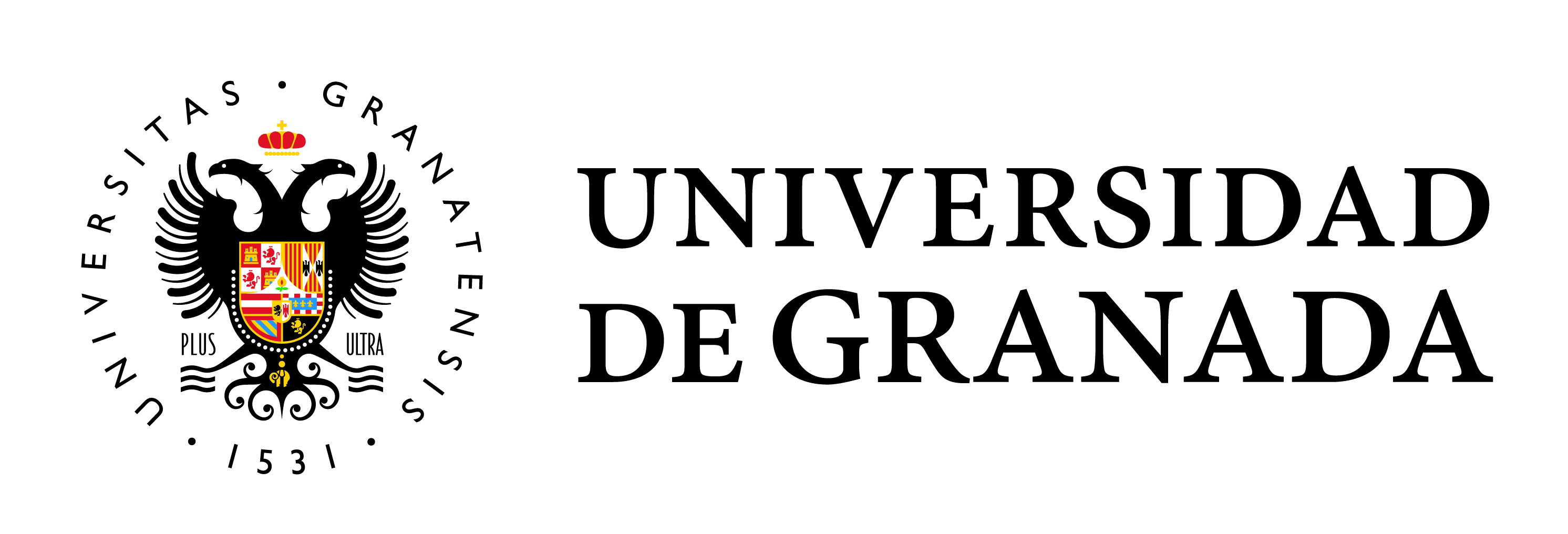The territorial greening policies of French metropolises. Comparative method and criticisms of the «green and blue Corridor» on the banks of the river banks of the Lille and Lyon metropolises
Main Article Content
Abstract
Cities are now the main Biotope of Man, they consume spaces increasingly important, are very artificial and leave little space for nature. In an environmental concern and due to the lack felt and expressed by citizens, territorial actors implement new policies, strategies to reintegrate nature in the heart of cities. The interest is twofold: environmental (global warming, the fight against pollution) and societal (city too mineral, strong demand for recreational space kind). How to reconcile these stakes, the pressure of the actors and the population? In this study, two local policies major French Metropolis that we will study, try to understand, dissect and criticize: the Metropolis of Lille and Lyon.
Both cities have implemented a policy of green and blue corridor (in the sense of the Grenelle Environment) and we will see that they can take very diverse forms (Urban parks, spaces of leisure activities and relaxation, ecological corridors). Our case study highlights differentiating results. For the Lille metropolis, the goals are reached but operations were realized in periphery. For the Lyon metropolis, the green and blue weft is good in city center but the environmental was erased, for the benefit of the social request of entertaining spaces.


